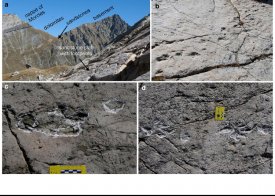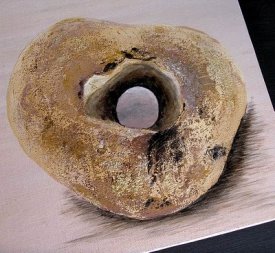Cosimah2o
Active Member
This thread is the continuity of Life in Fossil ( 2 years ago ) .
PLEASE RESPECT THIS PREMISE :
FIRST ADVENTURE : DINOSAURS OF EMOSSON - 46°02’56 N, 6°53’04 E
PLEASE RESPECT THIS PREMISE :
Sparkchaser some data that I told you .A PLACE FOR TALKING - WITH A CERTAIN SCIENTIFIC RIGOUR - ABOUT GEOLOGICAL JOURNEYS ( ROUTES) DONE IN YOUR LIFE AND OTHERS IN PROSPECT .
FIRST ADVENTURE : DINOSAURS OF EMOSSON - 46°02’56 N, 6°53’04 E
Last edited:





